

Lot 15 is located within the Kixby Hotel at Herald Square in New York City.
This new cocktail lounge reimagines old-world New York with delicious fare curated by Executive Chef Stephen Parker, and inventive cocktails created by head bartender Cameron Shaw. Her curated cocktail program is categorized in sections by Stirred, Shaken, Built, and Zero Proof, and showcases familiar yet sophisticated options including Vegan Sours, a Lemon Drop Martini, a sky blue Aviation which is built on the prototype of the Last Word, an Airmail Daiquiri, and a French 75 lovechild with honey, in addition to beer and wine.

Cameron Shaw
Since relocating to New York City, Cameron Shaw, has held a couple managerial and bartender positions, before meeting up with pioneer mixologist and beverage consultant, Pamela Wiznitzer, who had been hired to curate the bar program at The Look Up rooftop bar, also within the Kixby Hotel. After honing her skills alongside Wiznitzer, Shaw was offered a position to lead the beverage program for Lot 15, which officially opened in October. When creating menus, Shaw focuses on fitting together guest preferences, diversity in style, presentation, and ABV, and efficiency behind the bar with her own creative point of view.

Lot 15
Chilled Magazine caught up with Cameron Shaw to find out exactly what is needed to curate a creative cocktail program. Here’s what she had to say.
Can you guide us through your new cocktail program, highlighting the specifics of curating the menu for each of the four distinct categories: Stirred, Shaken, Built, and Zero Proof.
Our cocktail menu at Lot 15 is really a love letter to two of the most important foundational elements of modern cocktail culture: classic cocktails and our guests. By grouping cocktails that are executed or constructed similarly, we aim to not only give our guests the perfect execution of their favorite classic cocktail, but also guide their next round to something a bit more adventurous that is still tied to those cocktails they already know they enjoy.
Our cocktails are broken down first by the method used to make them: Stirred, which tends to be more spiritous and rich; Shaken, incorporating a non-spirit ingredient that will hold aeration when shaken (usually citrus juice); and Built, which are mixed in the serving vessel, often the simplest cocktails. Additionally, we have a section of Zero Proof cocktails, which feature a grownup-worthy spritz and a take on a Martini. Under each method section, there are groupings of three drinks that are all variations on a theme, e.g. Martinis, Daiquiris, or Daisies (cocktails which are sweetened with orange liqueur). For the most part, these are simply classic cocktail recipes, fine-tuned to reflect the palate of the modern guest.

Espresso Martini
Recently there’s been a greater interest in low-calorie and non-alcoholic beverage options, which you are offering in your zero proof category. Do you take calorie content into consideration when creating new drink offerings?
When creating a cocktail menu, I try to have a mix of proof-levels and added sugar contents represented. This allows each guest to tailor their experience to their needs or desires. Calorie content, which is a product of proof and sugar content, is a tricky thing with cocktails—alcohol and sugar are excellent vehicles for flavor and texture, so if you’re really looking for the most delicious bang for your caloric buck at a cocktail bar, my recommendation is usually to order one drink from the cocktail menu that really appeals to you, and then switch to Highballs, which are actually a really wonderful way to explore a spirits category if you’re looking to have a lower calorie night out.

Aviaton
Beyond the drinks themselves, what other details are involved when creating a cocktail menu, such as glassware, food pairings, garnishing, etc.?
I work closely with our Executive Chef Stephen Parker, to ensure that our beverage menu dovetailed nicely with our food offerings and that both reflect an old school New York sensibility with that sprinkle of modern. In addition to having a point of view that guides your program, keeping an eye to the executability of your program is key. We consolidated our program down to four key pieces of utility glassware, and keep garnishes simple and quick to execute, really relying on the quality of the beverage in the glass to astound.

Plum Spritz
Tell us about what you will take away from creating this program?
I’ve been so lucky to have worked alongside one of the owners, Julie Mulligan, who has been the guiding force while we work to grow Lot 15 into its own fully realized brand. Julie is the heart of both Lot 15 and the rooftop bar The Lookup, and her intimate relationship is at the core of the brand, allowing each to have its own identity while keeping that familial tie to the main brand.
Here are some examples of cocktails from each category
Stirred: Savory Martini made with 2 oz. Belvedere Smogory Forest Vodka, ½ oz. Lustau Manzanilla Sherry, ½ oz. Carpano Dry Vermouth, 2 dashes Bitter Truth Olive Bitters. Combine all ingredients in a mixing glass, stir until thoroughly chilled and appropriately diluted. Serve up (preferably in a glass fresh from the freezer), and garnish with a few really delicious olives (we use castelvatrano olives).
Shaken: Espresso Martini made with 1 oz. Tromba Reposado Tequila, 1 oz. Borghetti coffee liqueur, ½ oz. Averna, 1 oz. cold brew coffee. Shake, shake, shake some more. Fine strain into a chilled coupe and garnish with a few espresso beans.
Built: Kobi Highball to make open a chilled bottle of Topo Chico, pour out 2 oz. Pour in 2 oz. of Suntory Toki straight from the freezer. Express a lemon peel over the mouth of the bottle and tuck it inside. Stupidly simple and yet still so very delicious.
Zero Proof: Plum Spritz made with 1 ½ oz. Plum Ginger Shrub, 3 dashes Fee Brothers’ Cardamom Bitters, Wolffer Estate Petit Rosé (this is a ver jus based non-alcoholic soda) to top. Into a wine glass, build ice, bitters, shrub, and Petit Rosé. Give the ice a gentle lift to combine, garnish with an expressed grapefruit peel. (plum ginger shrub recipe: run 10 pitted plums and a 2 inch piece of ginger through a centrifugal juicer. Add 500g sugar, 300ml red wine vinegar, and 75ml balsamic vinegar. Stir to fully dissolve the sugar).
The post Ask A Bartender: How Cameron Shaw Categorizes her Cocktail Menu appeared first on Chilled Magazine.
Source: Mixology News

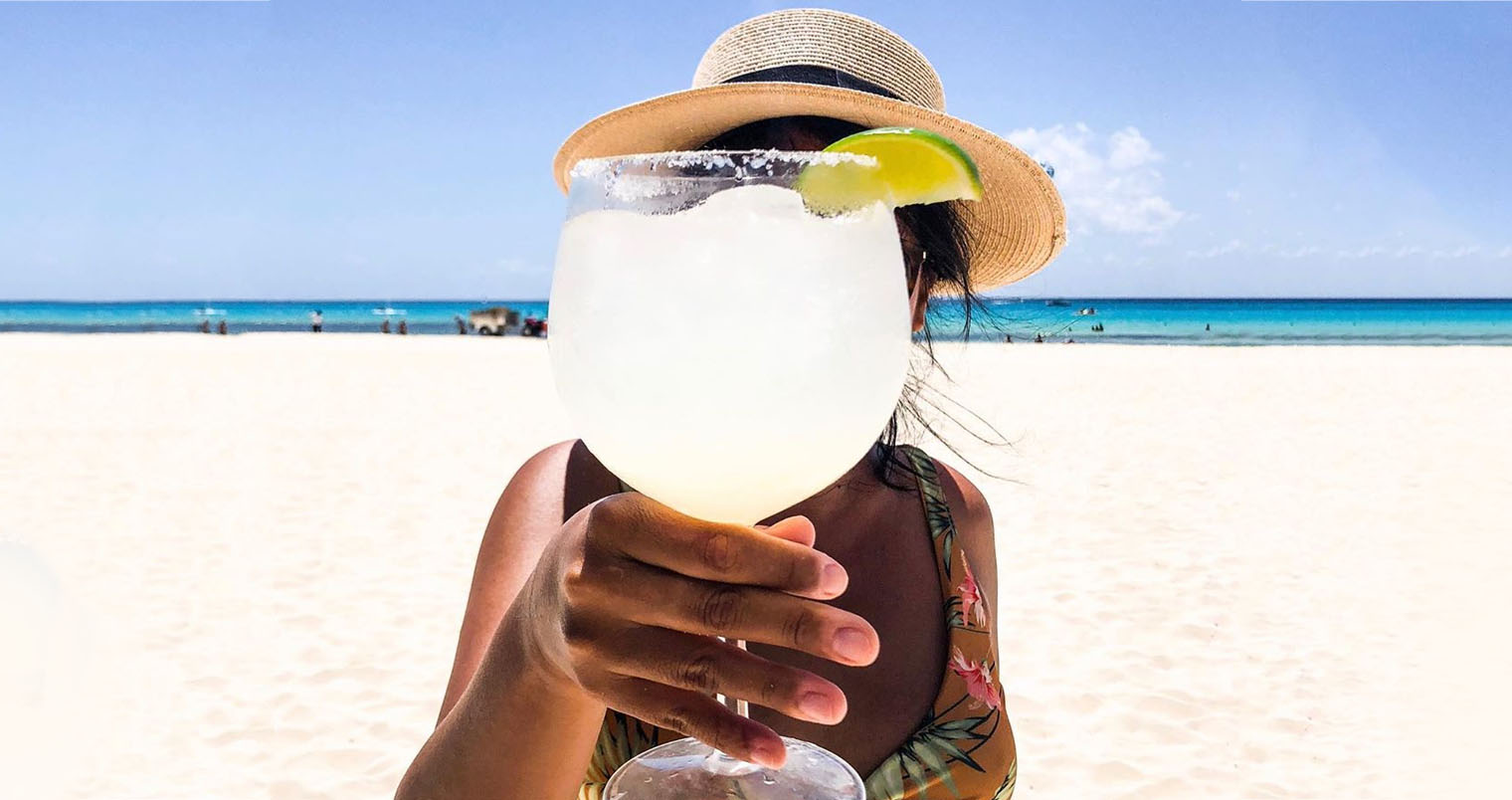



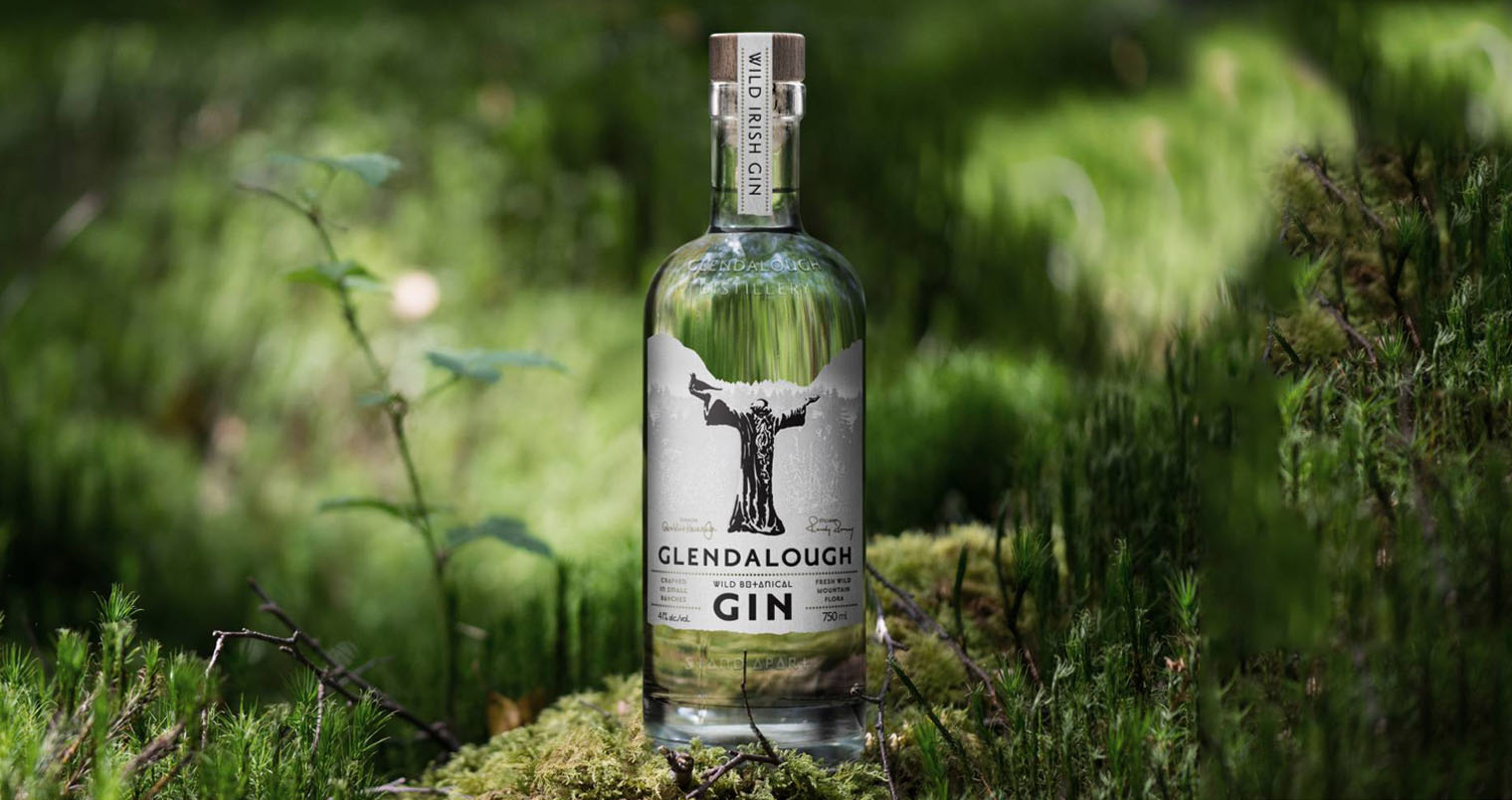





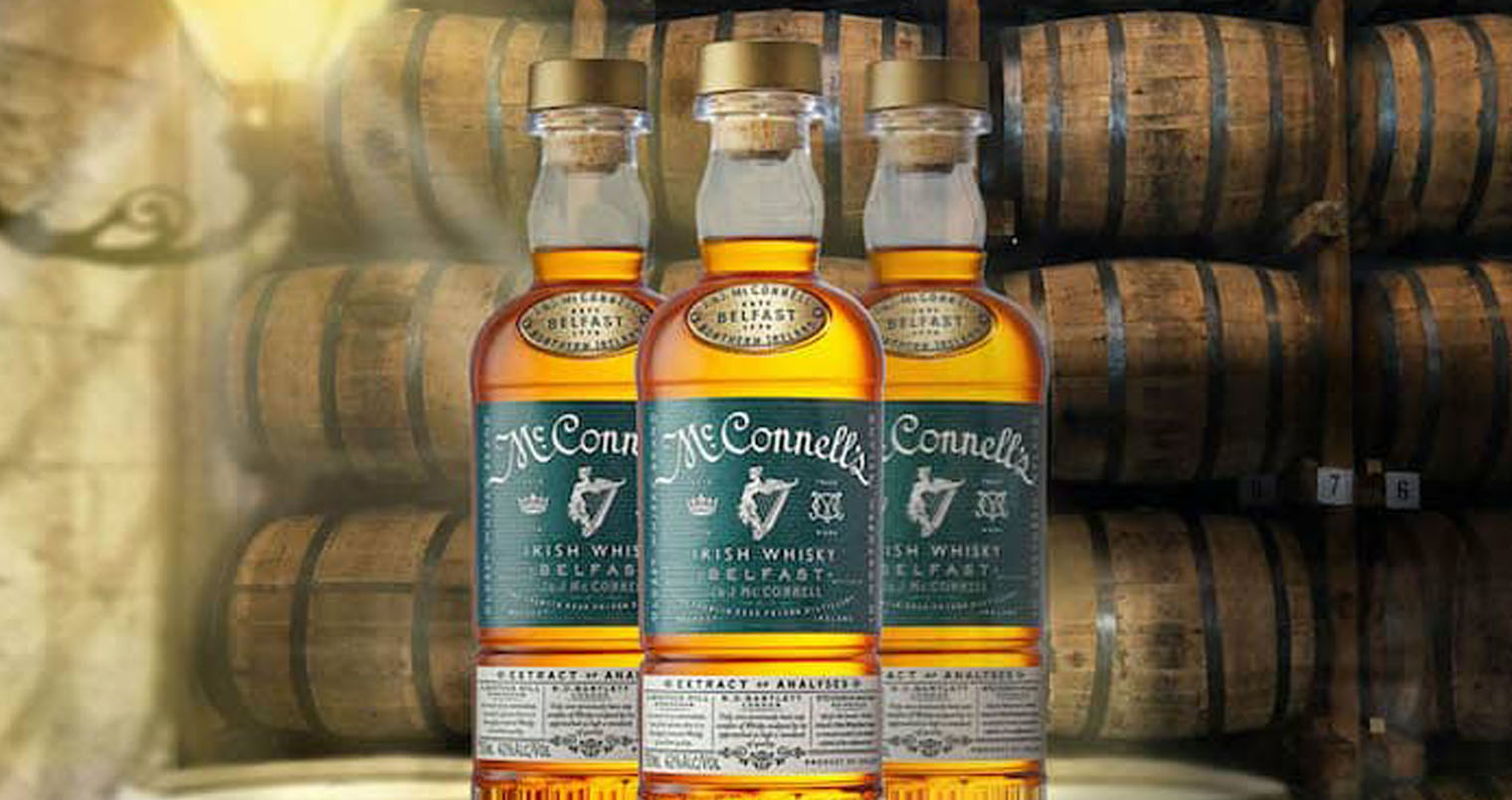





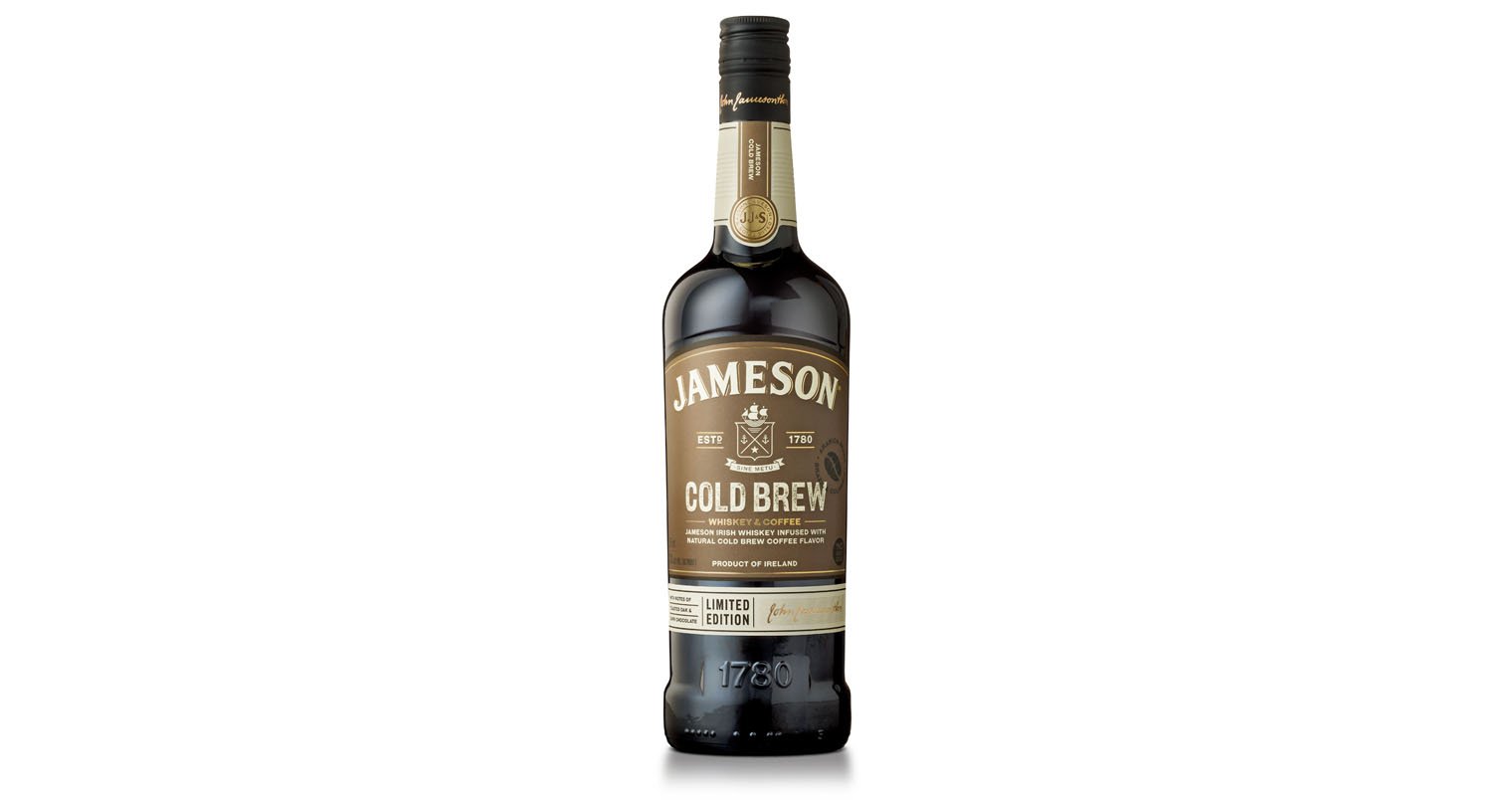

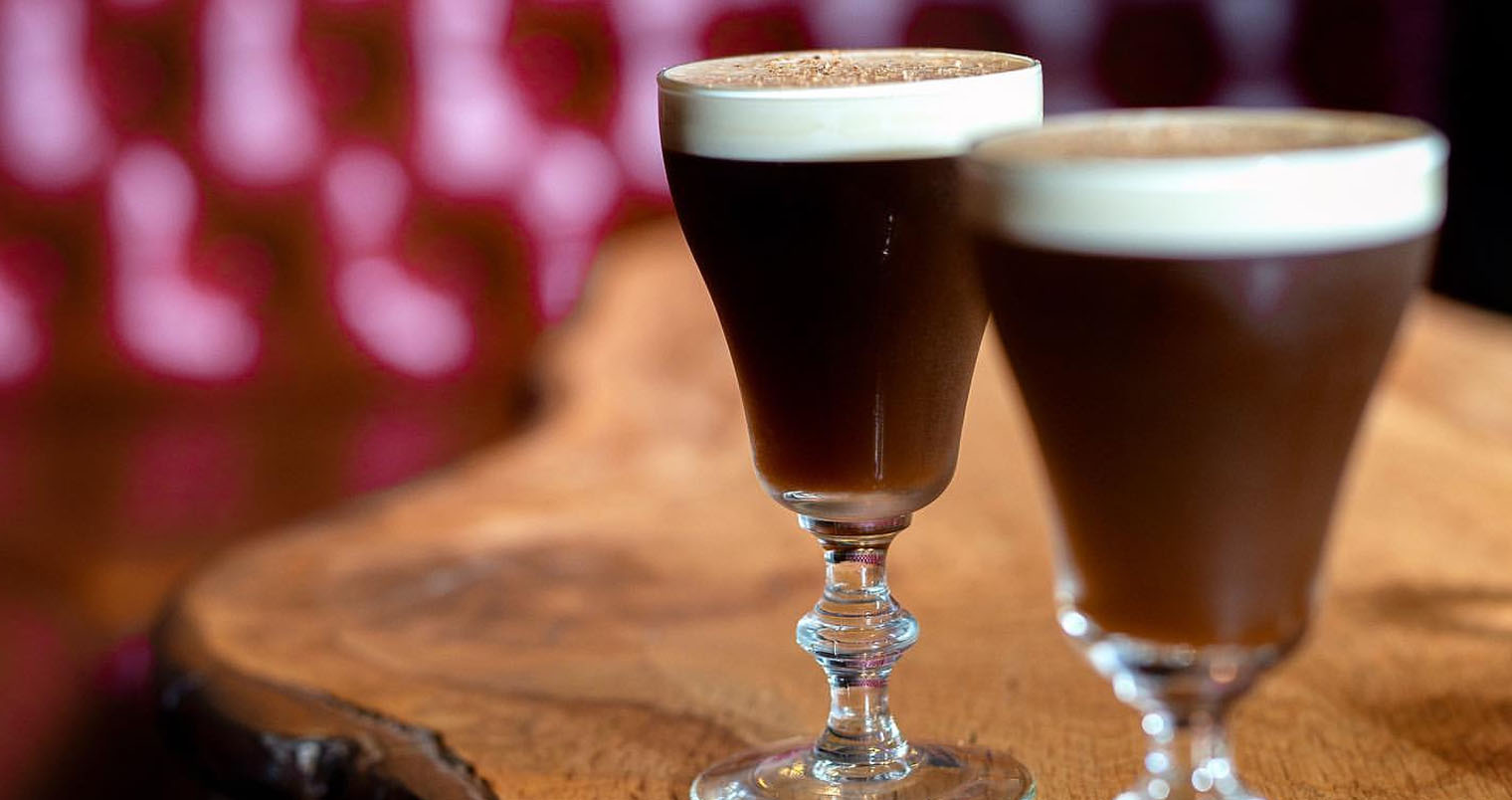


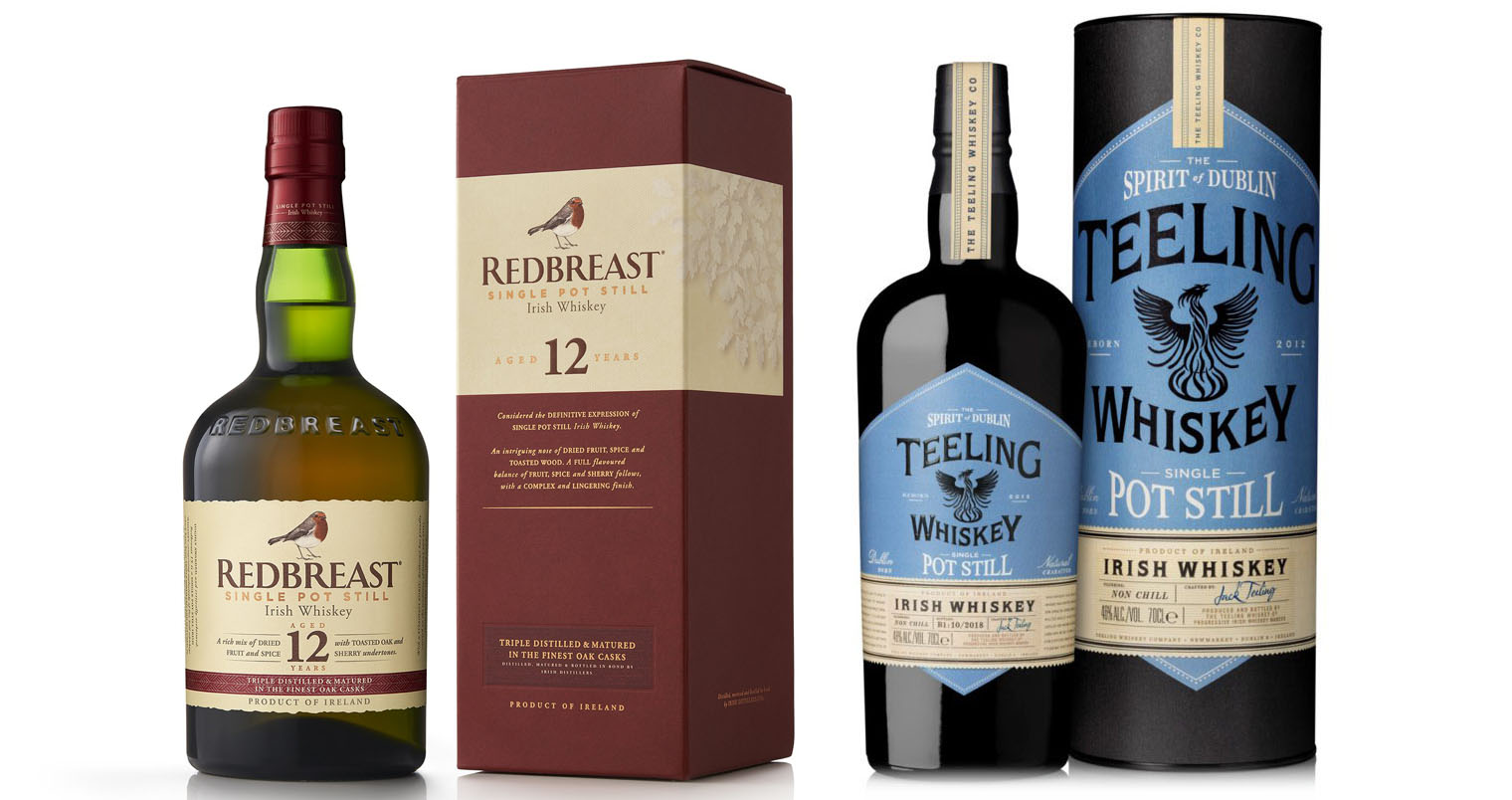





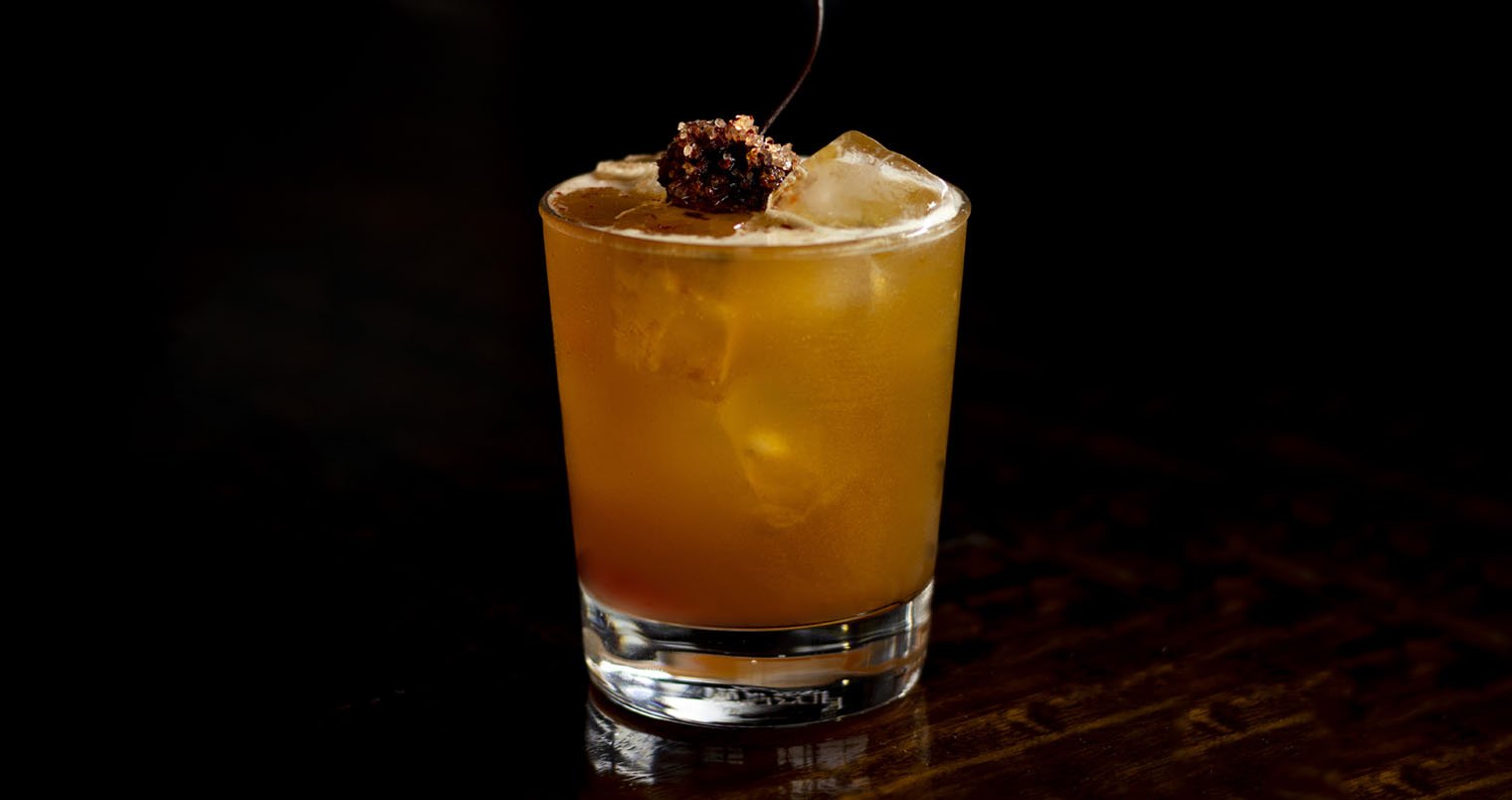


















Recent Comments